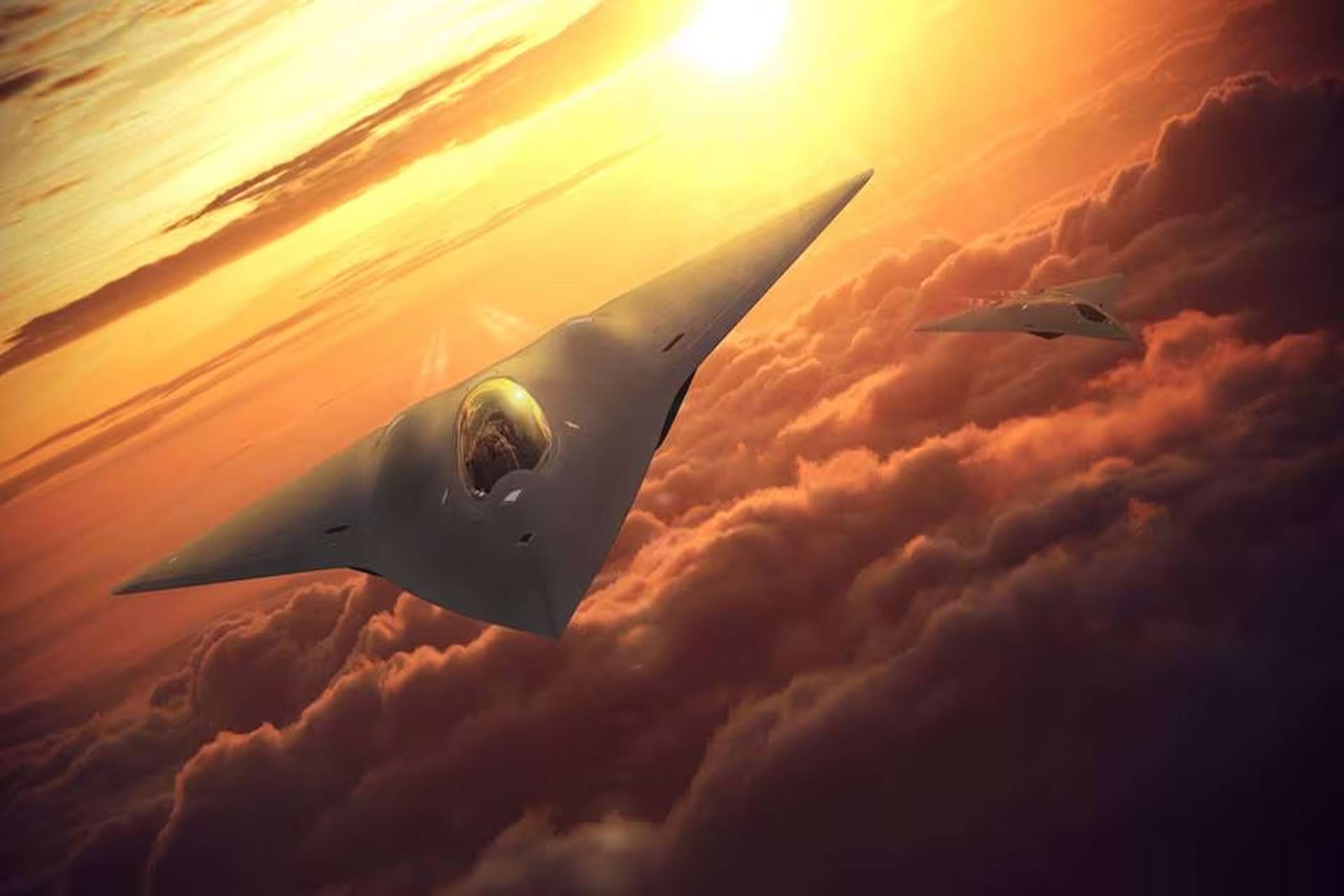US Pauses 6th Gen Air Dominance Program to Reassess Strategic Direction

{loadposition bannertop}
{loadposition sidebarpub}
The US Air Force is pausing the Next Generation Air Dominance (NGAD) program to reassess its strategy and direction, as announced by Secretary Frank Kendall on July 30, 2024. This decision was taken to ensure that the program is aligned with optimal operational concepts and processes before committing to a specific design and supplier. Despite this pause, Kendall confirmed that other efforts to modernize air superiority are progressing rapidly.Follow Army Recognition on Google News at this link
USAF Next Generation Air Dominance (NGAD) program (Picture source: Lockheed Martin)
In his remarks at the Life Cycle Industry Days in Dayton, Ohio, Kendall expressed ongoing commitment to developing a sixth-generation, crewed fighter aircraft under the NGAD initiative. He also mentioned the possibility of the NGAD being “optionally crewed,” similar to the B-21 Raider stealth bomber, acknowledging that the technology for fully uncrewed fighters isn’t quite ready yet.
The NGAD, described as a “family of systems,” includes a crewed fighter that could control up to six Collaborative Combat Aircraft (CCAs). The connection between the NGAD and the CCA is so integral that they share the same budget line.
However, the future of the NGAD was questioned during a June event and again at the Paris Air Show, where Kendall and other leaders highlighted the need to reevaluate the program’s escalating costs—projected to be in the “multiple hundreds of millions” per aircraft.
Furthermore, the rapid technological advancements in the CCA program, which takes an “incremental approach” to capability deployment, may influence the development of the NGAD. Kendall also pointed out the challenges posed by China’s advancements in air combat technology and missile capabilities, emphasizing the need for the Air Force to adapt its operational strategies accordingly.
This strategic pause reflects a broader rethinking within the Air Force about maintaining technological and cost-effectiveness in a rapidly evolving military landscape. Currently, only Lockheed Martin and Boeing are considered viable contenders for developing the NGAD, with Northrop Grumman opting out. Kendall has encouraged the inclusion of smaller contractors to foster innovation and possibly distribute the workload more broadly than relying solely on established defense contractors.
For more information, feel free to read the article dated July 4, 2024, from the editorial team at Army Recognition here.

{loadposition bannertop}
{loadposition sidebarpub}
The US Air Force is pausing the Next Generation Air Dominance (NGAD) program to reassess its strategy and direction, as announced by Secretary Frank Kendall on July 30, 2024. This decision was taken to ensure that the program is aligned with optimal operational concepts and processes before committing to a specific design and supplier. Despite this pause, Kendall confirmed that other efforts to modernize air superiority are progressing rapidly.
Follow Army Recognition on Google News at this link
USAF Next Generation Air Dominance (NGAD) program (Picture source: Lockheed Martin)
In his remarks at the Life Cycle Industry Days in Dayton, Ohio, Kendall expressed ongoing commitment to developing a sixth-generation, crewed fighter aircraft under the NGAD initiative. He also mentioned the possibility of the NGAD being “optionally crewed,” similar to the B-21 Raider stealth bomber, acknowledging that the technology for fully uncrewed fighters isn’t quite ready yet.
The NGAD, described as a “family of systems,” includes a crewed fighter that could control up to six Collaborative Combat Aircraft (CCAs). The connection between the NGAD and the CCA is so integral that they share the same budget line.
However, the future of the NGAD was questioned during a June event and again at the Paris Air Show, where Kendall and other leaders highlighted the need to reevaluate the program’s escalating costs—projected to be in the “multiple hundreds of millions” per aircraft.
Furthermore, the rapid technological advancements in the CCA program, which takes an “incremental approach” to capability deployment, may influence the development of the NGAD. Kendall also pointed out the challenges posed by China’s advancements in air combat technology and missile capabilities, emphasizing the need for the Air Force to adapt its operational strategies accordingly.
This strategic pause reflects a broader rethinking within the Air Force about maintaining technological and cost-effectiveness in a rapidly evolving military landscape. Currently, only Lockheed Martin and Boeing are considered viable contenders for developing the NGAD, with Northrop Grumman opting out. Kendall has encouraged the inclusion of smaller contractors to foster innovation and possibly distribute the workload more broadly than relying solely on established defense contractors.
For more information, feel free to read the article dated July 4, 2024, from the editorial team at Army Recognition here.




